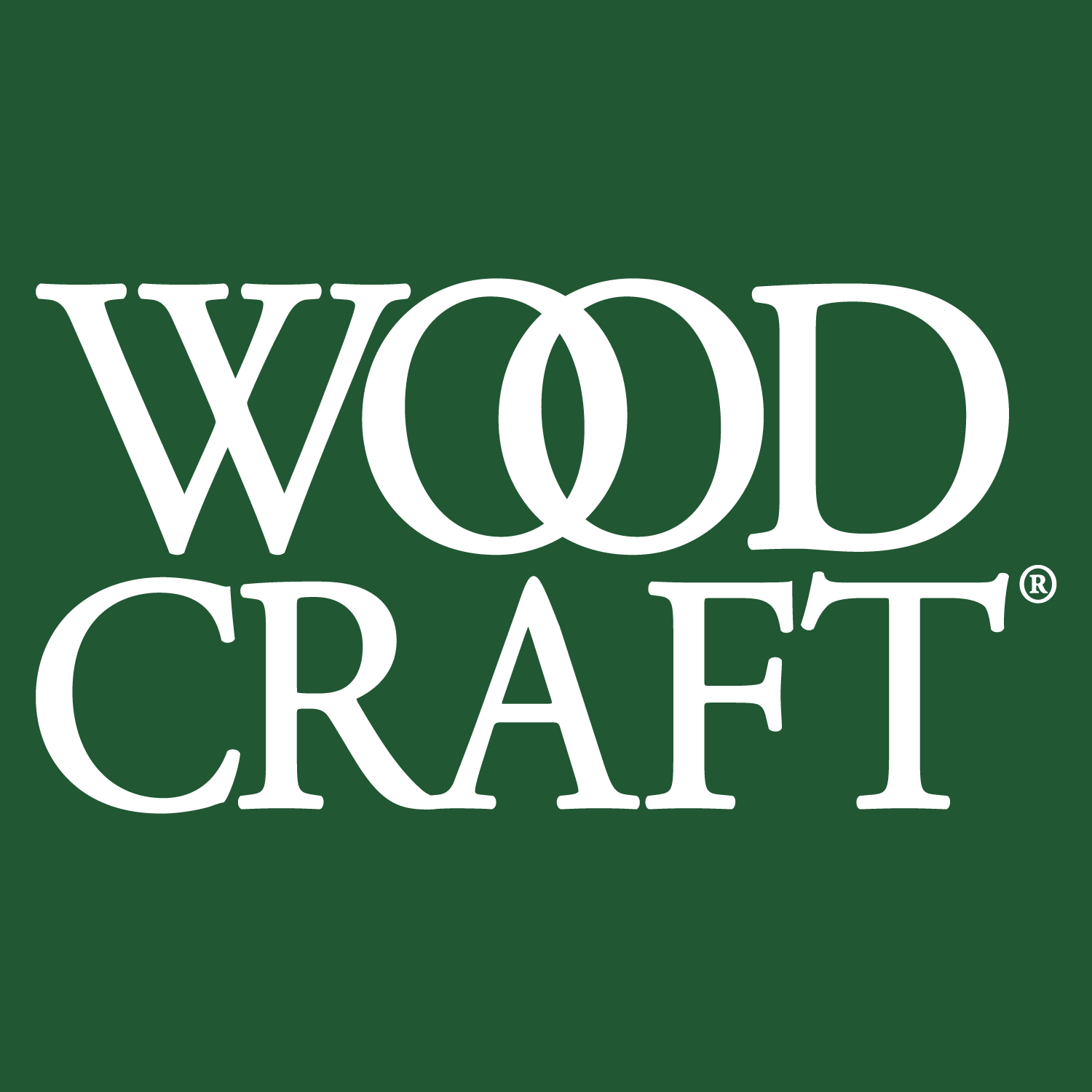I have an Inca jointer/planer. It is 8-1/2" wide, and has short beds. It also has a thicknessing head that does a pretty good job. With one caveat...
There is no power feed. You have to push/pull the board through the thicknesser. You invariably have to stop (so you can see evidence of that in the board) to switch from pushing to pulling. But it isn't bad.
Except it has always been pretty difficult to feed stock through it.
I've always kept it waxed. First with Waxilit (recommended by Inca). Then I tried Johnson's paste wax. They both worked okay.
But I read a few comments online that the ultra-expensive ($26 for 7 oz.) Renaissance Wax was very slippery stuff.
I had been toying with the idea of getting a thicknesser w/ power feed. But I figured I'd try the expensive wax first. And I have to say that I do think the stock feeds easier than previously (more testing needed).
But I'm left with the question: Are there any waxes or products out there that are even more slick? Like the slickest wax known to man?
Or am I just fooling myself here (I can take it).
There is no power feed. You have to push/pull the board through the thicknesser. You invariably have to stop (so you can see evidence of that in the board) to switch from pushing to pulling. But it isn't bad.
Except it has always been pretty difficult to feed stock through it.
I've always kept it waxed. First with Waxilit (recommended by Inca). Then I tried Johnson's paste wax. They both worked okay.
But I read a few comments online that the ultra-expensive ($26 for 7 oz.) Renaissance Wax was very slippery stuff.
I had been toying with the idea of getting a thicknesser w/ power feed. But I figured I'd try the expensive wax first. And I have to say that I do think the stock feeds easier than previously (more testing needed).
But I'm left with the question: Are there any waxes or products out there that are even more slick? Like the slickest wax known to man?
Or am I just fooling myself here (I can take it).







Comment